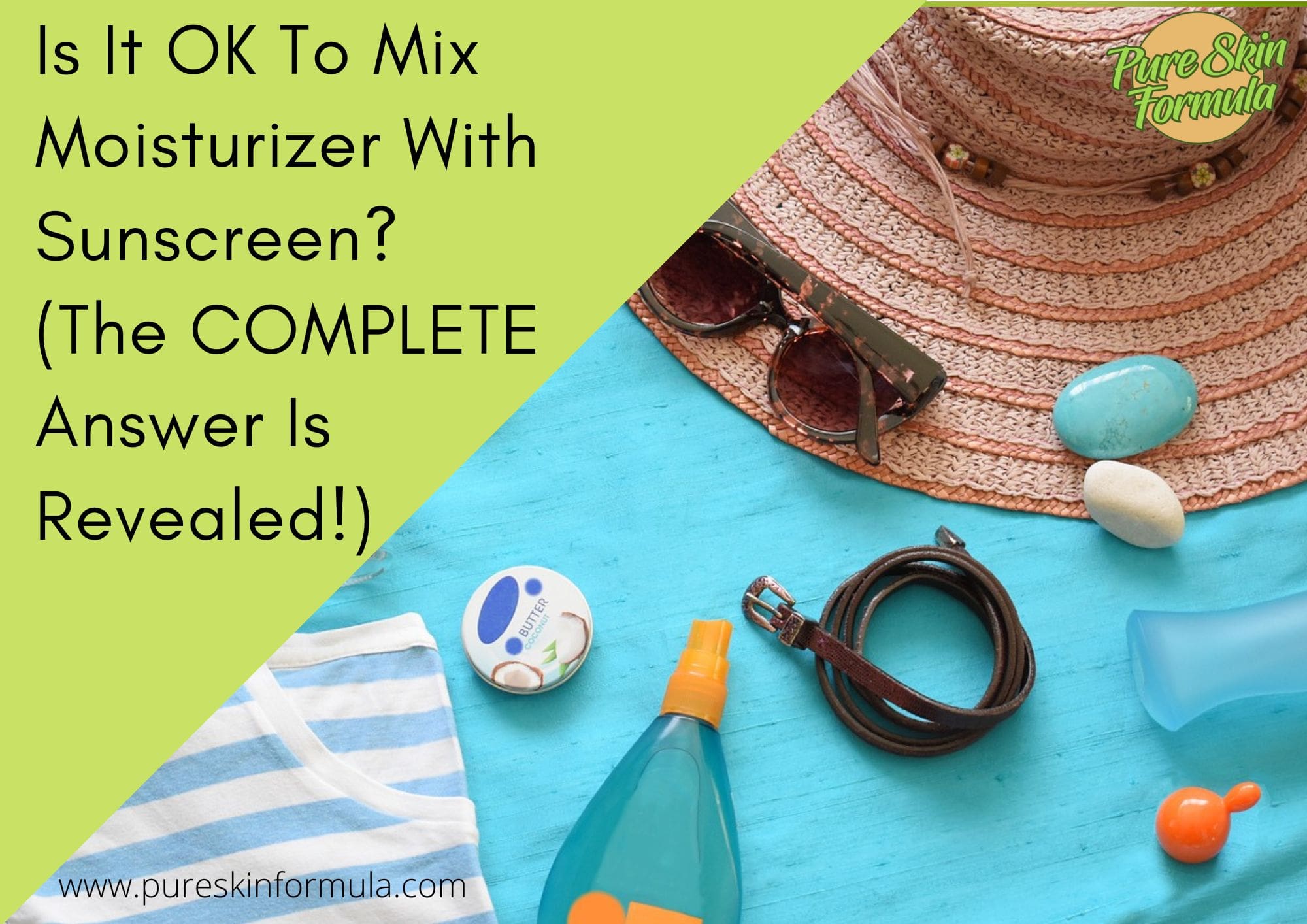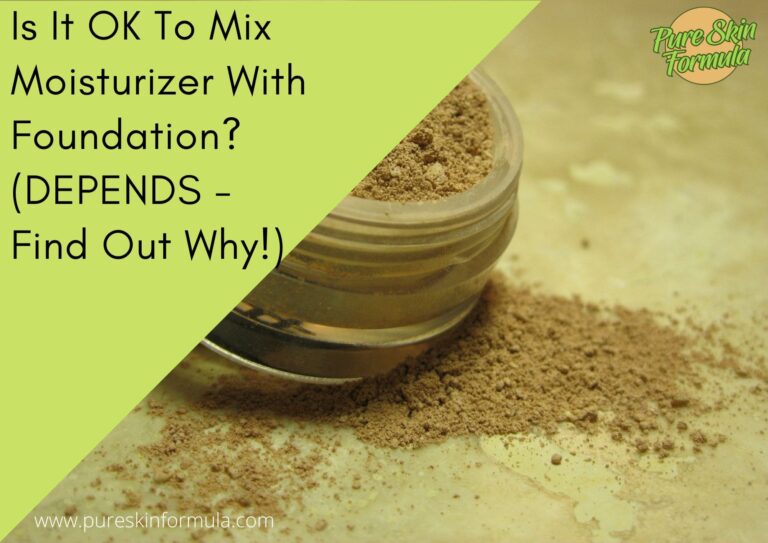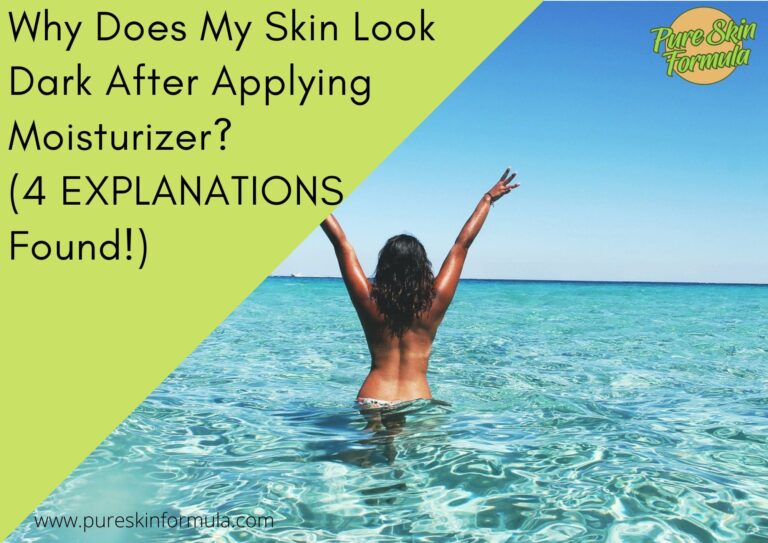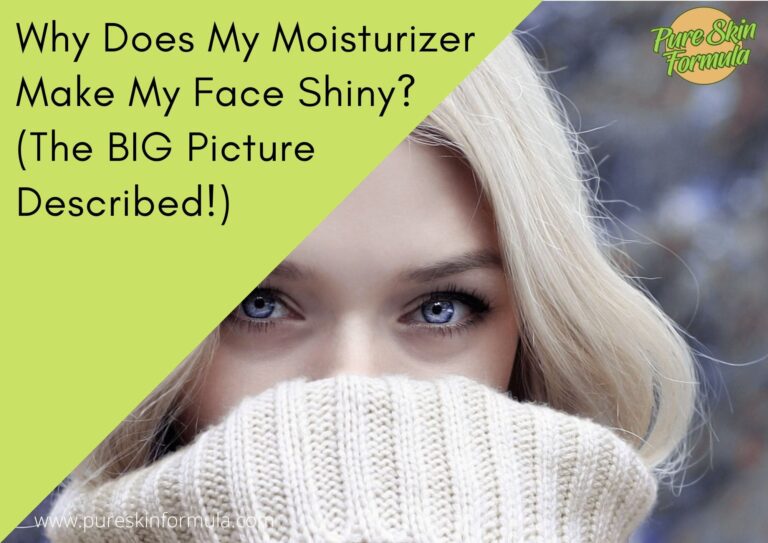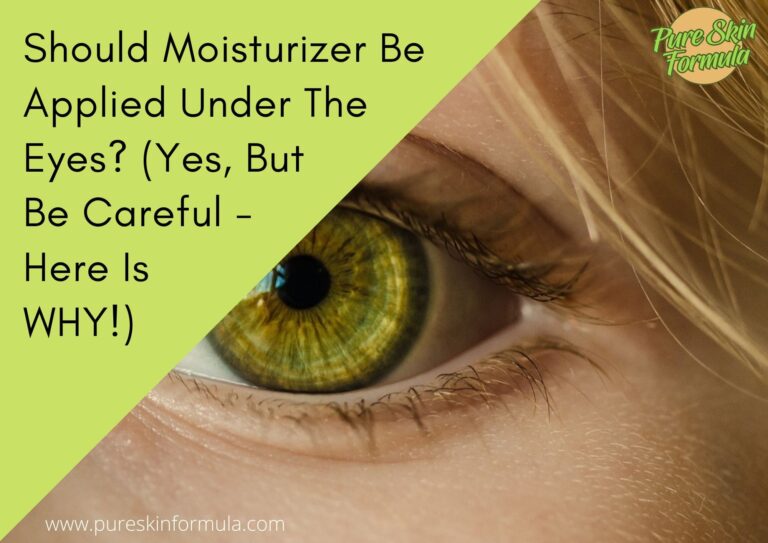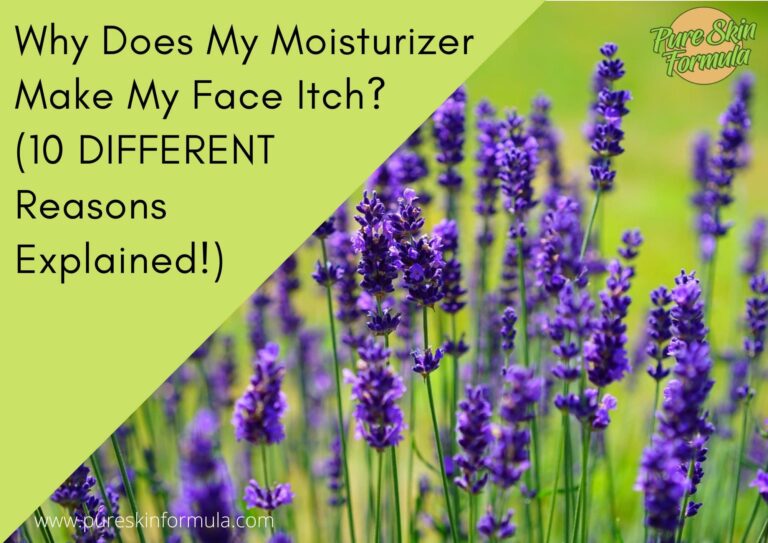Technically speaking, you can do it. But I don’t think it is a good idea. You can mix moisturizer with sunscreen, resulting in inefficient skincare and protection.
I would compare mixing these two products in the skincare realm to using all-season tyres (instead of winter and summer ones) when driving a car.
It is all about efficiency. Let’s find out why.
Is it OK to mix moisturizer with sunscreen?
You better not do it. The goals of these two products are different – moisturizing skin and protecting skin from UVA and UVB rays.
Blending them will decrease the efficiency of both ones to reach their goals. The moisturizer will not hydrate the skin that well. The sunscreen will not protect the skin from the sun as designed.
A water-based moisturizer could make applying on the skin a thicker sunscreen easier, but that is a little benefit compared to the disadvantage such a procedure could bring to your skin.
Below you will find a detailed explanation to understand the entire logic behind why is mixing these two products not the best option.
There are different types of sunscreens: the most common are chemical filters and mineral filters.
How does chemical sunscreen work?
The skin absorbs chemical filters. There they absorb UV radiation and convert it into heat.
They react with the rays and prevent their penetration deep into the skin.
Such products always have a high protection factor; they do not wash off immediately after getting wet and act much longer, protecting the skin.
Their action begins no earlier than 30 minutes after they are applied to the body.
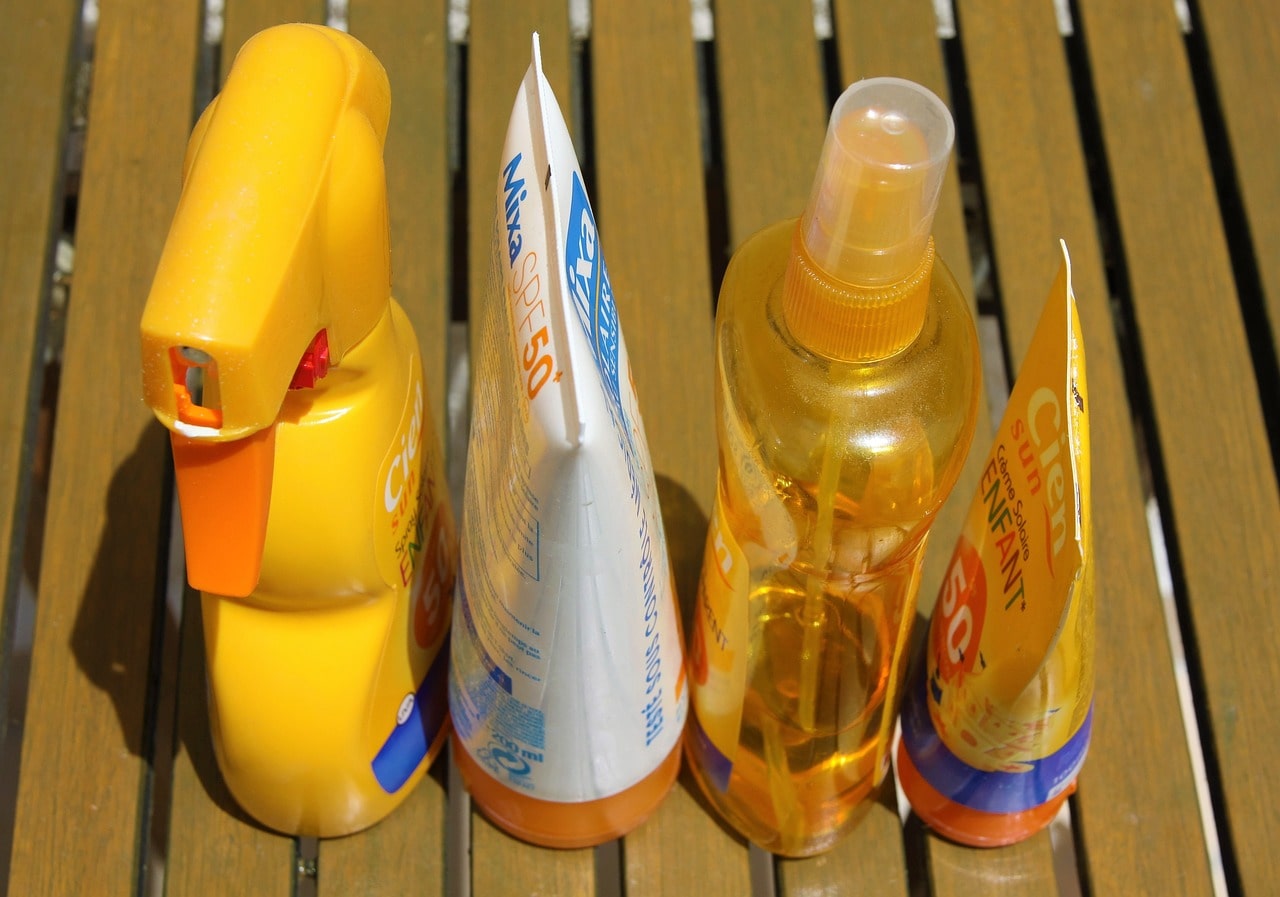
And as far as their content, in allergic people or those with high sensitivity, the chemical filters that make them up can sometimes lead to skin irritations.
Some ingredients in the chemical sunscreens include:
Oxybenzone is one of the most commonly used chemicals in a chemical sunscreen.
Octinoxate is a commonly used UV filter that protects against UVB rays but not UVA sun rays (long ultraviolet rays). It may be called OMC, methoxycinnamate or ethylhexyl methoxycinnamate on the packaging.
Homosalate is a common sunscreen ingredient that absorbs UVB rays to prevent direct skin exposure to medium UV rays. Homosalate only absorbs UVB rays (medium ultraviolet rays).
How does mineral sunscreen work?
Mineral filters form a protective layer on the skin where they reflect sunlight. Often such products leave a whitish coating on the skin.
Lately, there are many products with mineral filters where this is no longer the case. Some mineral filters contain nanoparticles.
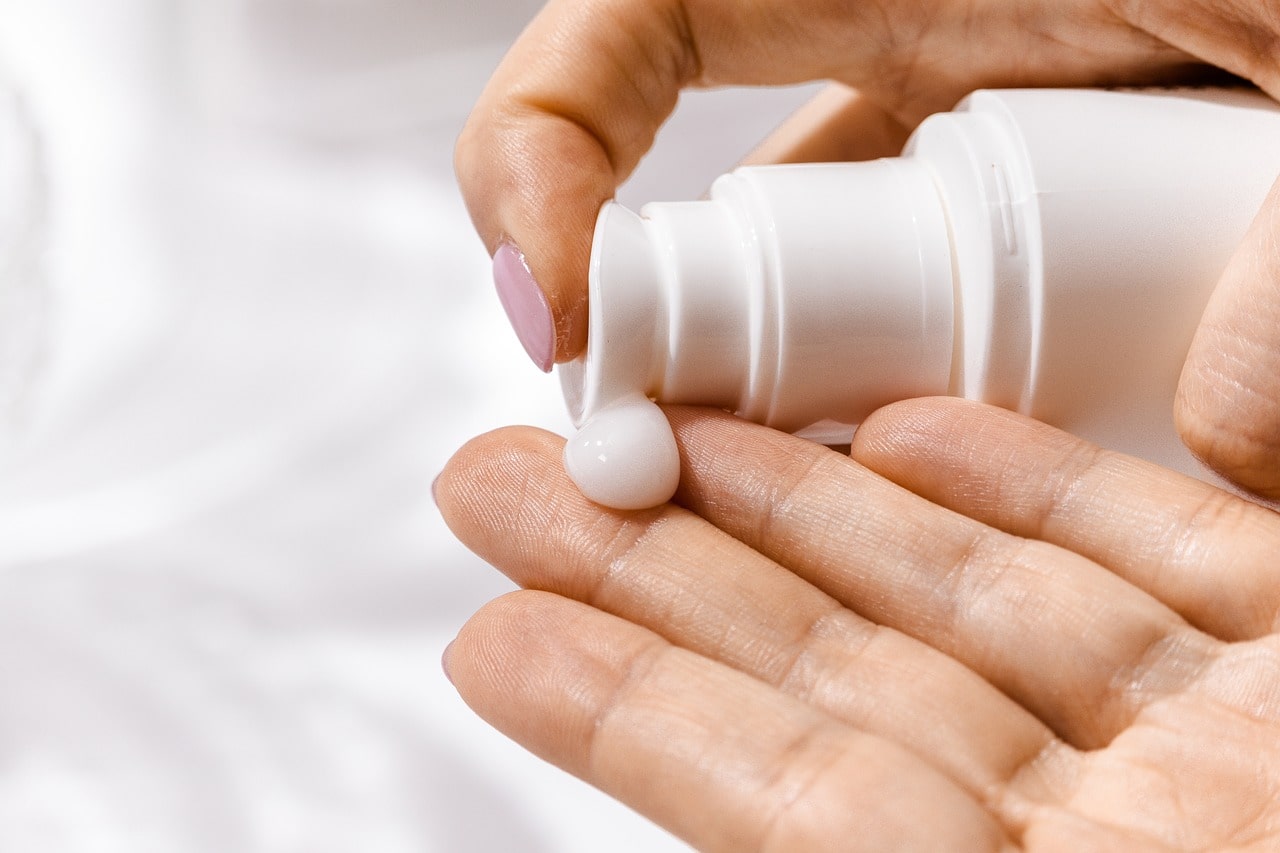
Blockers of mineral origin first reflect and then scatter the sun’s rays. They create a mirrored barrier over the skin and deflect harmful rays – so they don’t reach it.
These filters are harmless; typically, they don’t cause allergy or irritation and are recommended for use by adults and children.
They should be applied to the skin more often than chemical sunscreens as they wash off after several entries into the water, and their protection factor is lower than the chemical one.
The composition of physical protection products often includes these two substances:
Zinc oxide – a compound of inorganic origin, which is not absorbed into the skin and has the property to block UV rays;
Titanium dioxide – a hypoallergenic substance that does not cause skin irritation.
How the sunscreen differs from a moisturizer?

The different goals of the two products lead to other substances included in the formulas.
A moisturizer must contain hydrating ingredients that lightly moisturize and restore the skin’s hydro-lipid barrier to fulfil its primary role.
Among them are natural oils and waxes (e.g. beeswax, olive oil, jojoba oil, shea butter, almond oil), ceramides, glycerin, sorbitol, squalane, hyaluronic acid, etc.
You can see the difference!
Can you get a moisturizer with a sunscreen filter?
Yes. When choosing a moisturizing day cream, you could try to find one “armed” with sunscreen.
A daily facial moisturizer should have SPF 25 or SPF 30.
When using acids or retinol in the summer, try a moisturizer with SPF 50 sunscreen.
Such a designed formula is much better than mixing the products from you. But is there an even better option?
What comes first: moisturizer or sunscreen?
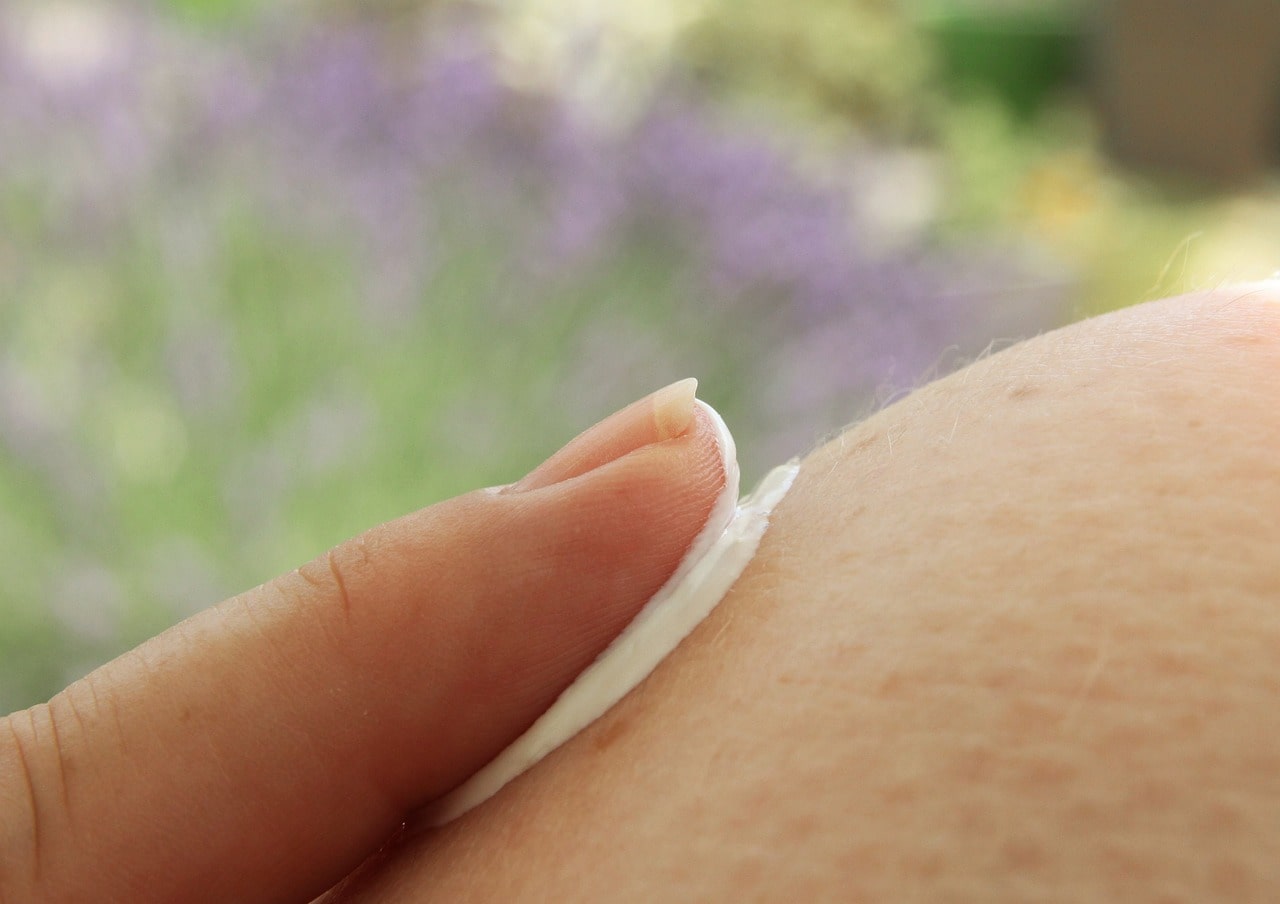
The best option is to use both products separately. But what is the correct way to apply them?
If you prefer a chemical sunscreen, apply it before the moisturizer. Remember, it penetrates the skin deeper, so you don’t want to stop this process.
If you go with a mineral sunscreen, apply it after moisturizer. Thus you will give them a chance for the moisturizer to do its job of hydrating the skin.
It takes the moisturizer some time to absorb – a couple of minutes.
Patting in the cream on the skin is a good technique, giving enough time and heat for sound absorption.
To wrap it up
You know why mixing moisturiser with sunscreen is not quite a good idea.
You know the structural differences between these two products and how they work to hydrate and protect the skin.
And you learned what your best option how for taking action properly is.
Thank you for reading!
Valeria

